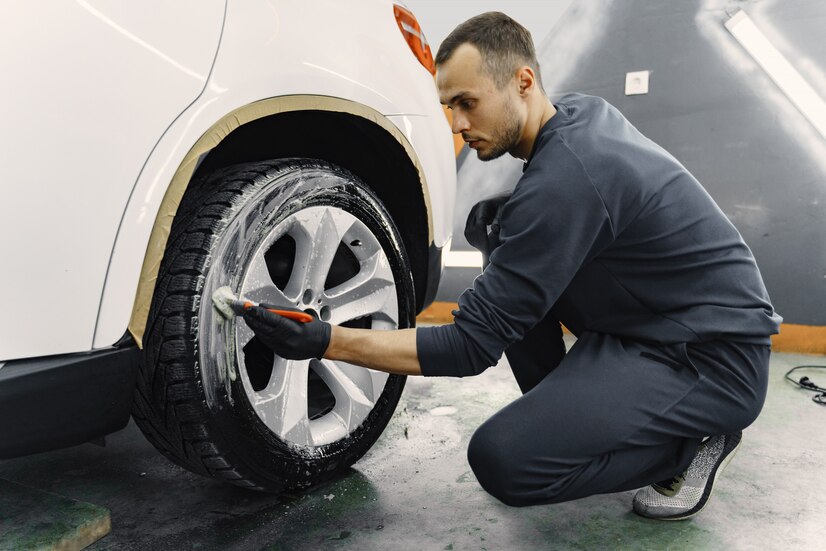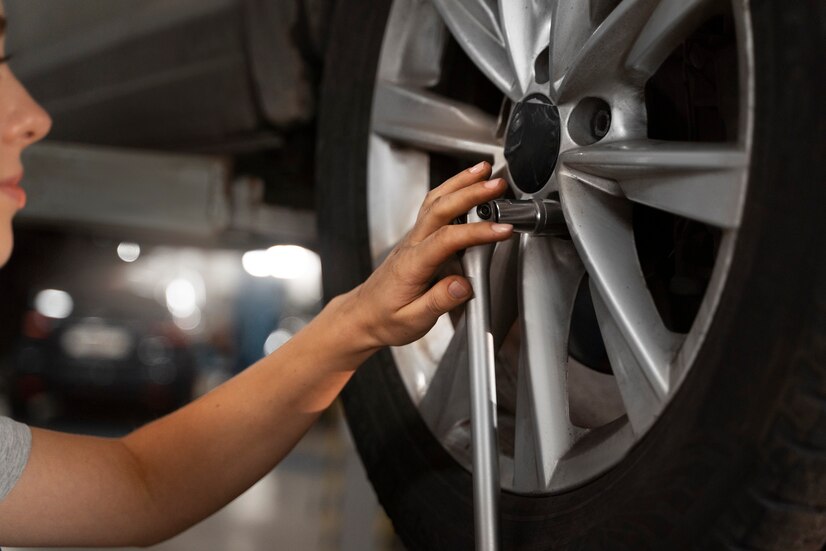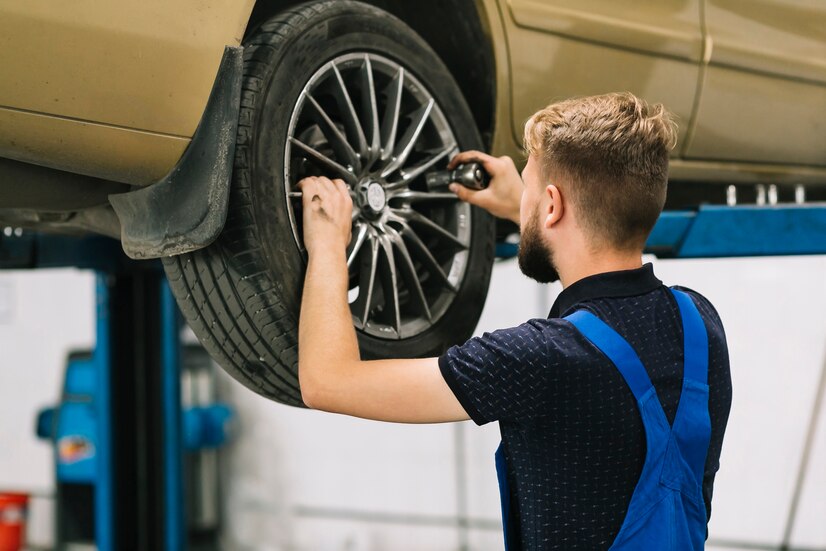Radial Tyre Production
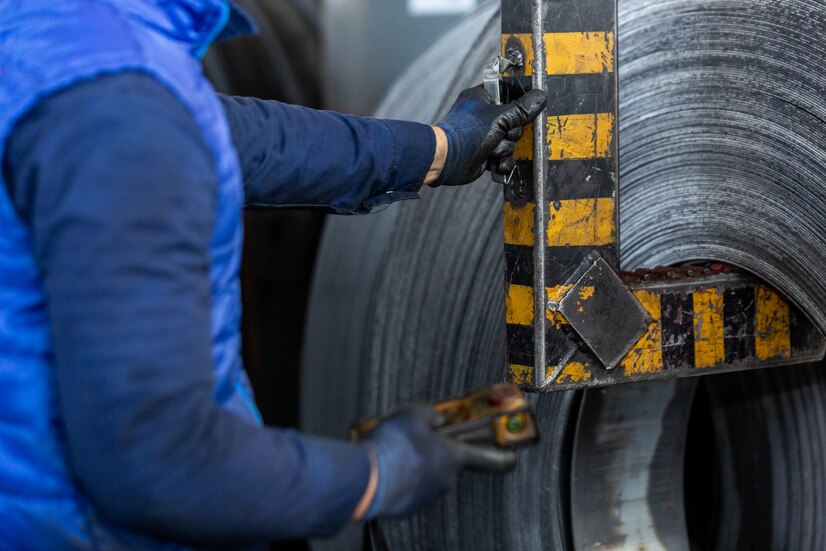


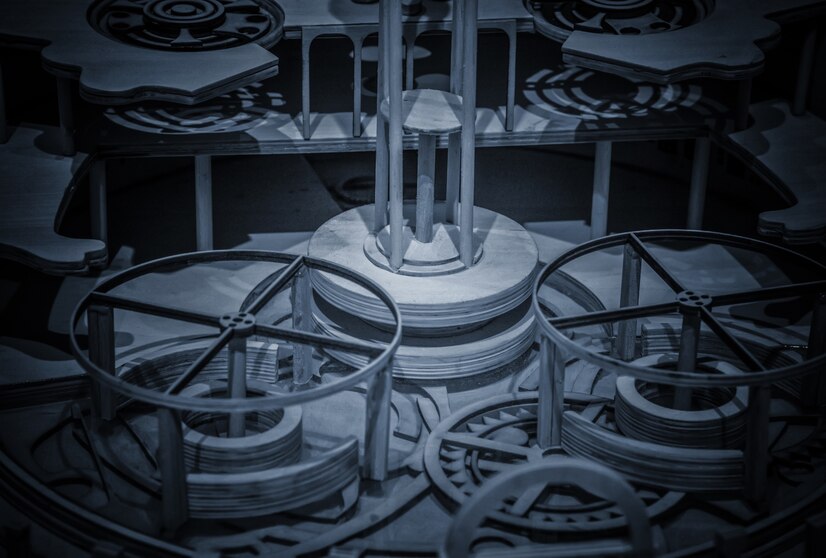
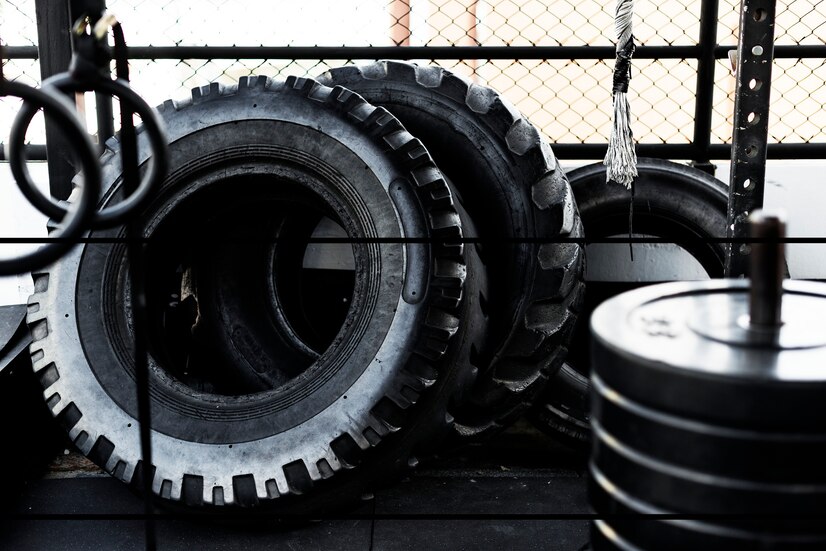

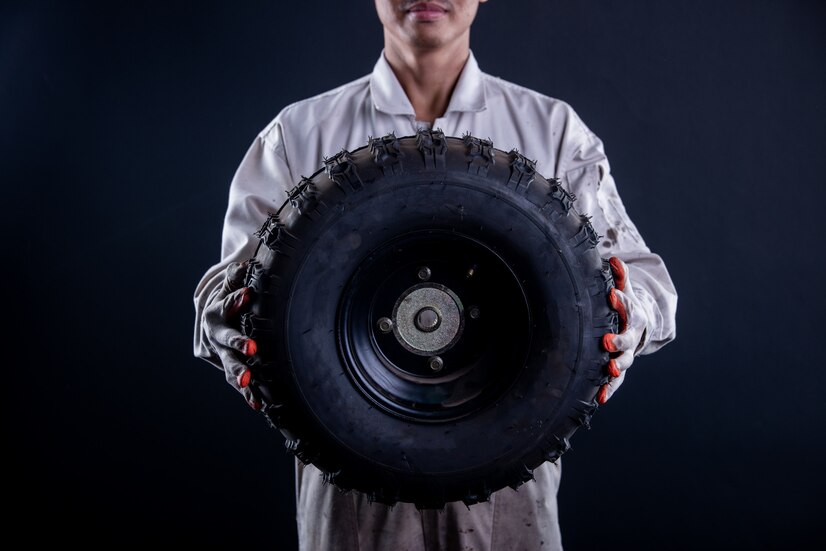

Basic Ingredients To Make A Tyre
Fabric steel, nylon, aramid fiber, rayon, fiberglass, or polyester (usually a combination, e.g., polyester fabric in the body plies and steel fabric in the belts and beads of most radial passenger tyres)
Rubber natural and synthetic (hundreds of polymer types)
Reinforcing chemicals -- carbon black, silica, resins
Anti-degradants -- antioxidants, ozonants, paraffin waxes
Adhesion promoters -- cobalt salts, brass on wire, resins on fabrics
Curatives -- cure accelerators, activators, sulfur
Processing aids -- oils, tackifiers, peptizers, softeners
A P195/70R14 all-season passenger tyre, the most popular size, weighs about 9.5 kg’s and has approximately:
5 lbs. of 30 different types of synthetic rubber
4 lbs. of 8 types of natural rubber
5 lbs. of 8 types of carbon black
1 lb. of steel cord for belts
1 lb. of polyester and nylon
1 lb. of steel bead wire
3 lbs. of 40 different kinds of chemicals, waxes, oils, pigments, etc.
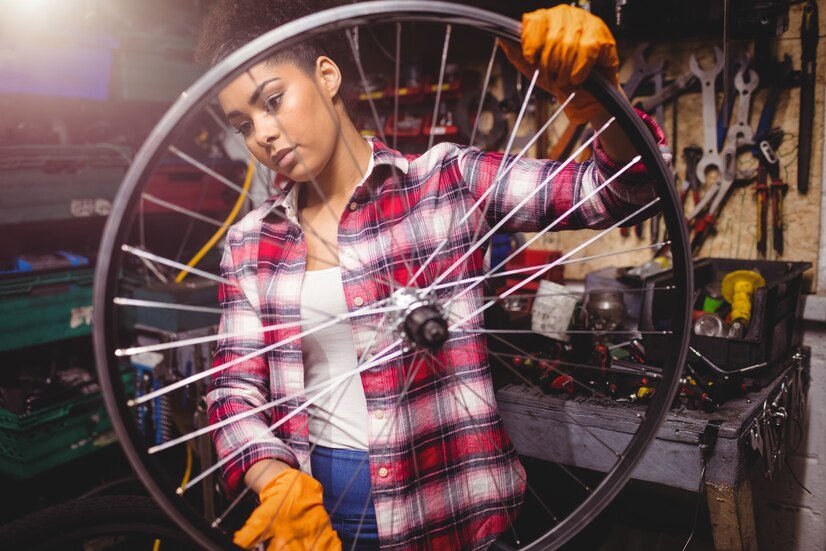
Typical percentages of the Synthetic Rubber and Natural Rubber rubber mix in various types of tyres:
- Passenger Tyre 55% - 45%
- Light Truck Tyre 50% - 50%
- Race Tyre 65% - 35%
- Off-highway Tyre 20% - 80% (giant earth mover)
